Test Date: May 14th, clear night
Location: ToupTek Astro Outdoor Testing Lab
(Light
pollution level approximately 8, with ambient temperature around 25°C.)
P.S. Actual conditions may vary slightly due to the testing
environment and astronomy product combinations.
Equipments:Mount: UMI Harmonic Equatorial Mount (onstep)Main Camera: ToupTek Astro SkyEye24AC x2 (one unimproved, one improved)Telescope: Askar V, 80mm, Flattener 1xFilter: Askar Color Magic D1 Duo Narrowband FilterGuiding System: ToupTek Astro GPM462M + 60F4 Guide Scope
After preparations, these two SkyEye24AC cameras were cooled to 10°C (ambient temperature approximately 25°C). The telescope was pointed and centered on M13, the Hercules Globular Cluster.
Before - Testing the Unimproved SkyEye24AC
1. Initial Testing: Set to HCG Mode, 100 Gain, Low Noise Mode on. The comparison of 30s and 60s exposure images is shown below.
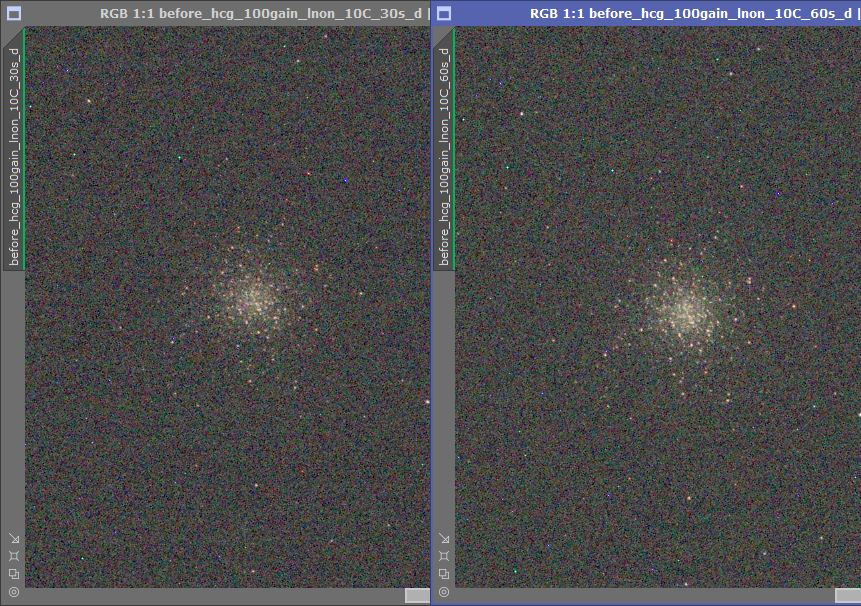 Image 1
Unimproved HCG 30s & 60s: No stripes or not obvious
Image 1
Unimproved HCG 30s & 60s: No stripes or not obvious
Image quality is normal, horizontal stripes are weak and hard to recognize, indicating no defects, faults, or quality issues in the camera itself.
2. Further Testing: Set to LCG Mode, 100 Gain, Low Noise Mode on. The comparison of 60s and 300s exposure images is shown below.
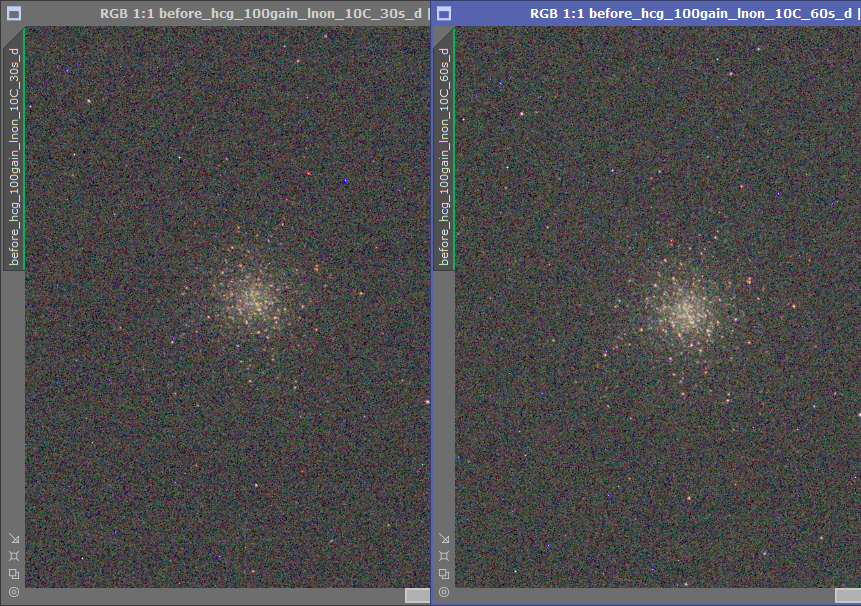
Image 2 Unimproved LCG Mode 60s & 300s: More pronounced stripes in 60s, weaker in 300s
More noticeable horizontal stripes in the 60s exposure image, while 300s exposure image shows weaker stripes.
3. Extreme Condition Testing: Set to LCG Mode, 100 Gain, Low Noise Mode off. The comparison of 30s, 60s, and 300s exposure images is shown below.
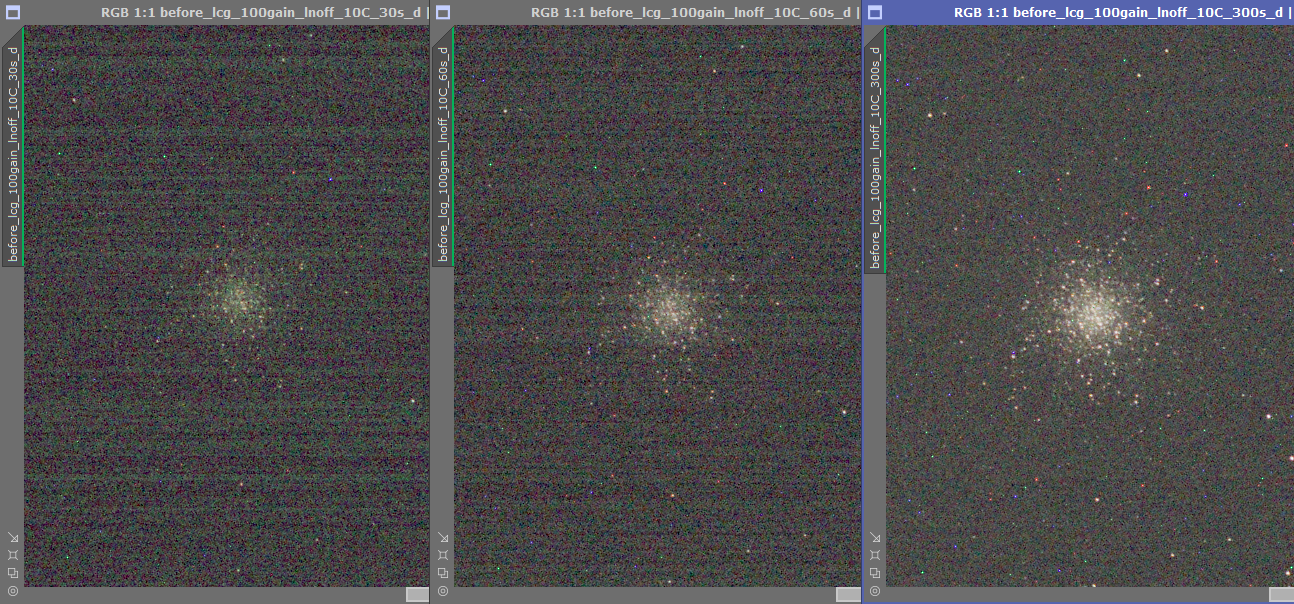
Image 3 Unimproved LCG 30s & 60s & 300s: More pronounced stripes
In this state, both 30s and 60s images show more pronounced horizontal stripes, while 300s exposure shows weaker but still more noticeable stripes compared to Image 2.
Despite the ability to completely eliminate such background random stripes through extensive light frame stacking and rejection, they are still bothersome. Stripes lower the Signal-to-noise ratio of celestial images and may be difficult to completely remove with fewer stacked frames, imposing stricter requirements on shooting conditions and potentially causing trouble for photographers using such extreme parameters.
After - Testing the Improved SkyEye24AC
1. Same Parameters Testing like before: LCG Mode, 100 Gain, Low Noise Mode off. The comparison of 30s and 300s exposure images is shown below.
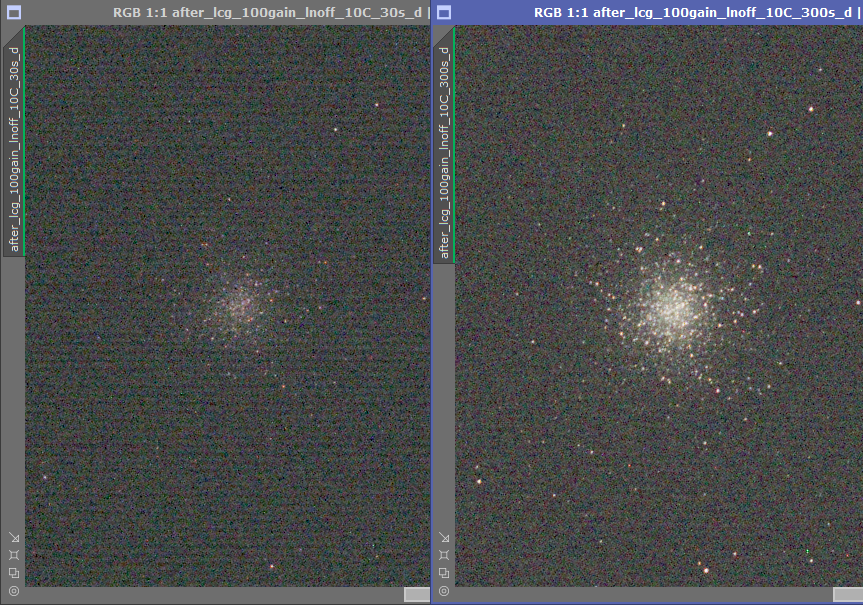
Image 4 Improved LCG 30s & 300s: Weaker stripes
Despite shooting under such extreme settings, horizontal stripes in the 30s exposure image are significantly suppressed. In the 300s exposure image , stripes are further weakened, revealing previously obscured small stars and image quality is improved.
2. Common Low Noise Mode(Highly recommended by ToupTek Astro) Testing: parameters: cooling temperature 10°C, LCG Mode, 100 Gain. The comparison of 30s and 300s images is shown below.
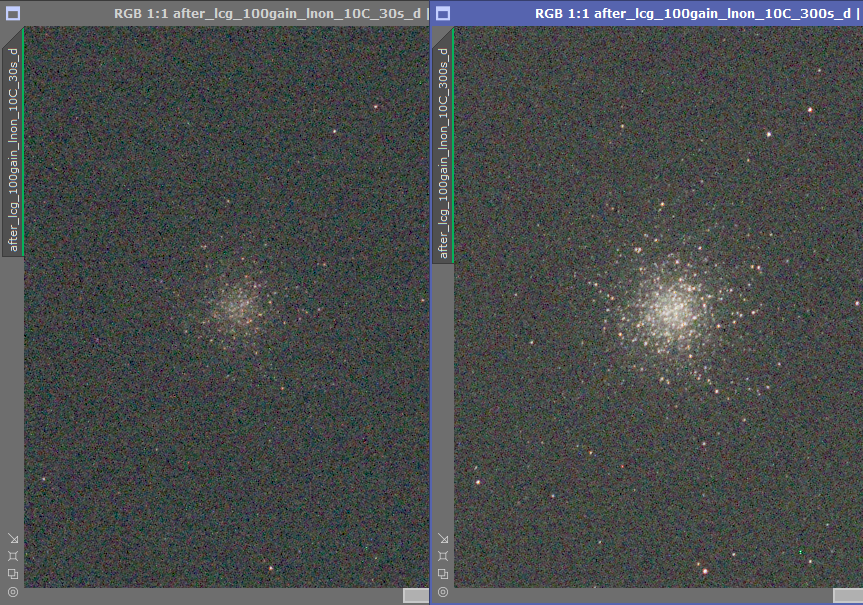
Image 5 Improved LCG 30s & 300s Low Noise Mode on: Stripes almost disappear
Both 30s and 300s exposure images show that horizontal stripes are almost eliminated. The celestial images are clean and sharp, showing a significant improvement over the improved version.
Due to the nearly complete elimination of horizontal stripes under these strict parameters, further comparisons using HCG mode on the same target will be unnecessary. The result is definite: no random stripes will be present in the images.
Real Photographing Effect
The telescope was then pointed at NGC6888, the Crescent Nebula, using HCG mode, 100 Gain, Low Noise Mode on, and captured 24 light frames at 600s each until astronomical twilight began. The image of the night's shooting is shown below.
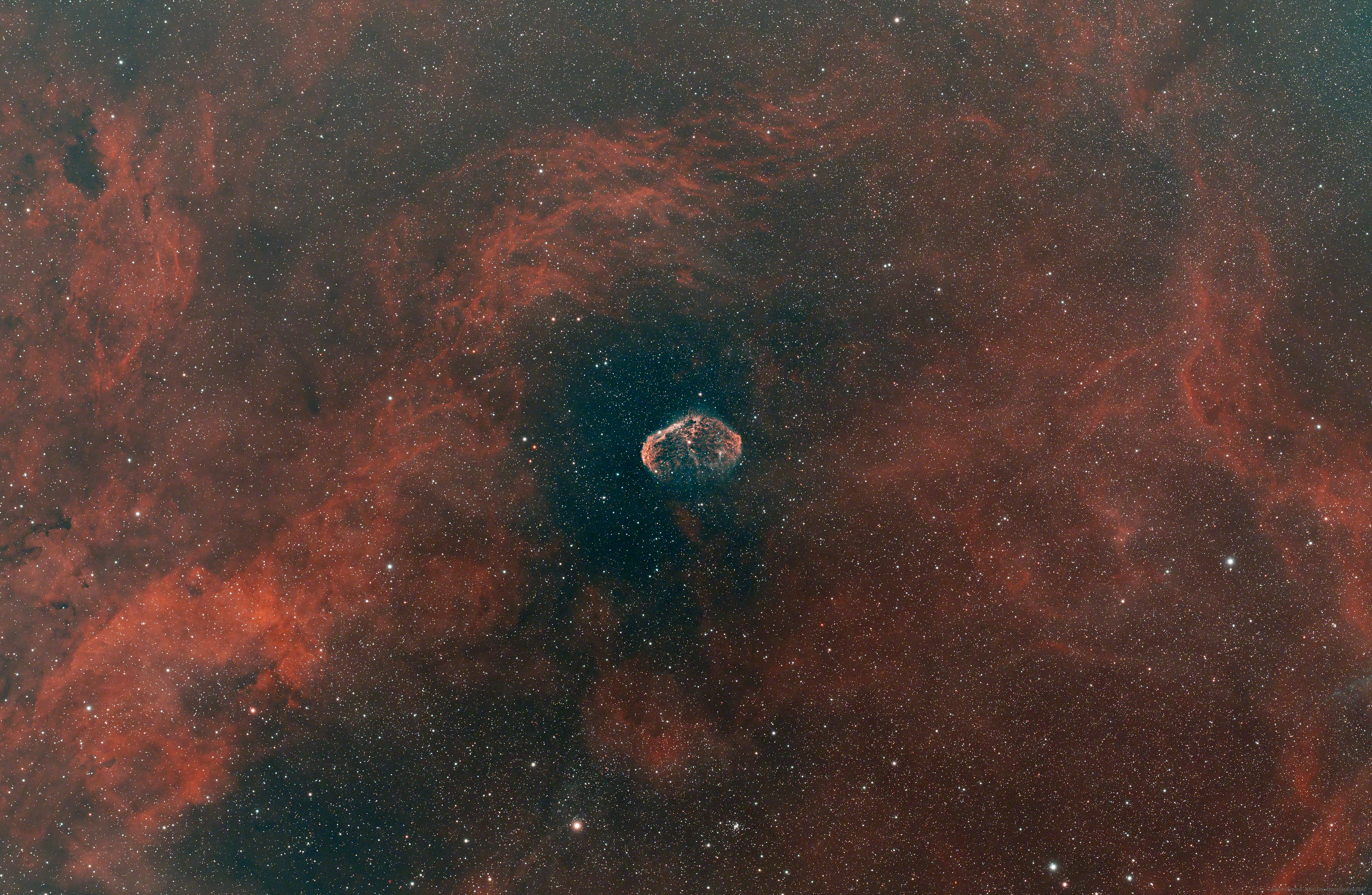
The improvement of SkyEye24AC reflects ToupTek Astro's deep commitment to product innovation and user experience. We look forward to the improved SkyEye24AC camera delivering even more exciting performance for your astrophotography journey!
Plus, it will be our pleasure to receive your stunning astronomical images on marketing@touptek.com and welcome to interact in our Facebook group.